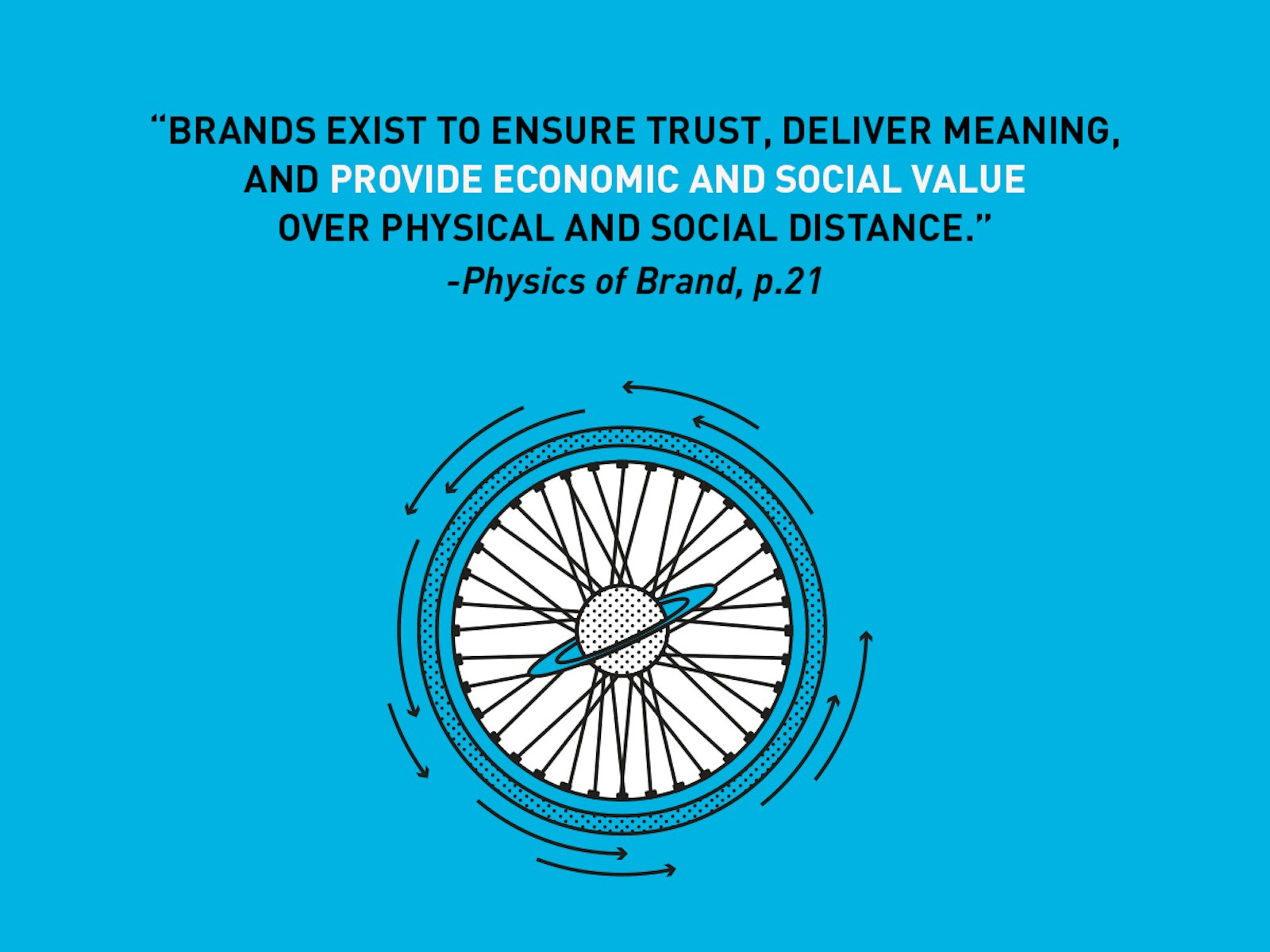The Curve of a YETI Cooler

The brothers who invented YETI coolers came from a fishing guide and entrepreneurial family. With a father as a fishing guide, they spent plenty of time out on water and in the heat. If “necessity is the mother of invention,” then these are the brothers of invention. We had a chance to sit down and discuss YETI coolers with their head of marketing, Corey Maynard, and talk about how the brothers of invention and three gaps made for a new curve on coolers.
If you haven’t heard of YETI, here are their sales growth numbers just to put the brand in perspective. The YETI brand growth curve is in a word, exponential.
$5 Million, 2009
$29 Million, 2011
$147 Million, 2014
$450 Million, 2015
These brothers found three gaps in a commoditized industry: first, a cooler that could handle the harsh environment of a fishing guide boat while protecting the ice in the heat. Second, a distribution channel of hardware stores, farm and ranch stores that had been left out of the cooler business. Last, a reason for why a high quality cooler should matter to the average Joe. There was a need for a cooler that was truly "built for the wild".
These three legs of the stool set YETI up for a juggernaut of growth over the last five years. Although they began this journey ten years ago, the five-year curve catches the most attention.
This brand is built on the back of influencer marketing: not advertising, direct marketing, digital marketing or mass retail distribution. This is a brand built in what some would call the “down market” retail of farm, ranch and hardware stores. YETI coolers are inserted into shopper’s collective memories via conversations, interactions on fishing expeditions and use by an elite set of celebrities.
So, let’s look at the brand from some of our models in the Physics of Brand to see why YETI found the exponential curve.
YETI in Time
Fishing guides take enthusiasts out on fishing trips for extended period of time. Sometimes for a week. YETI focused first on selling their superior coolers to fishing guides. The guide stores beverages in a YETI and often the big white structure becomes a pedestal where the trophy fish are stored. The cooler has symbolic importance within the ritual of fishing. The accomplishment of catching and cooling a fish are where memories are made for the enthusiasts who look up to the guides and their gear. These moments accumulated at an accelerating rate as more guides use a YETI. More guides lead to more memorable moments, as well as a larger mass of time fishing enthusiasts had with the YETI.
Then, the marketing team moved into the competitive outdoor BBG category where the product has to endure hardcore cooking environments and again, enthusiasts see their favorite chefs using the product, leading to memorable moments. Market by market, YETI expanded into new categories using the heat source of highly precise celebrities. Moments were made, leading to an increasing velocity of time people spent with the YETI brand.
How Sensory Signals Turn Into Brand Value

Now, let’s put YETI through another of our models, Jacob’s ladder. The YETI cooler is heavy and feels durable to the touch. Any images seen in communications coming from the brand owners show the cooler in working (highly soiled) situations. It looks and feels durable. The taste of a cold beer coming out of a YETI after eight hours on the water is associated with the guide. The cooler is a hero protecting the beer and the fish. All five senses are engaged when a designed moment happens and a memory is embedded for the YETI brand. This superior memory is recalled the next time that individual pulls out the (commodity) cooler they’ve had for more than a decade.
YETI is recalled again when that same individual is walking through the local hardware store and sees a white wall of YETI coolers on display. Memories start to build rapidly, and as more conversations are had among guides and enthusiasts, energy for the brand builds and sales increase. Then, if the YETI corporation sets their margins right and finds the proper manufacturers and distribution channels to meet demand, profits show up and brand value is achieved.
Sometimes, brands appear as random success stories. A couple of guys got lucky, invented the right product at the right time, and struck gold. We’ve found there’s usually much more to a brand's origin and the YETI brand is no different. Like RedBull, Uber, Pokemon Go and many others, the YETI brand designed a memorable, engaging moment and then made it available to a short list of celebrities, guides and future advocates for the brand. These moments of engagement aggregated and the energy built upon itself at an ever increasing rate. YETI was built for fishers and met them where they are: out in the wild.
You can learn more about brands, and our models (Time, Space & Jacobs Ladder) in our book, The Physics of Brand. You can order it an Amazon here.


